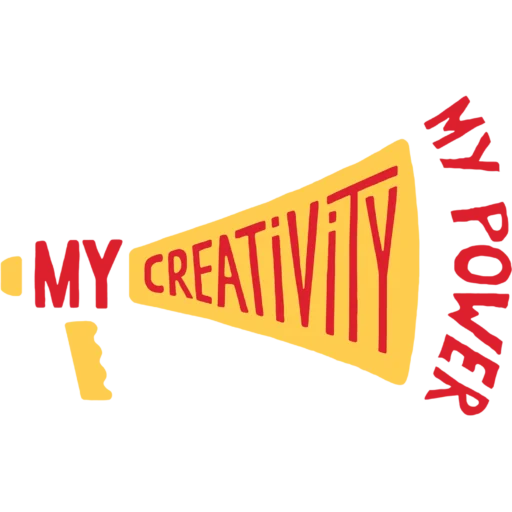Word carrier
Description
One way to get more people, especially young people, to express their opinions is to go out into the streets. In this way, we can reach out to (young) people who would not otherwise attend our events, such as workshops, conferences, roundtables etc.
Target group
Young people, general public
Number of participants
Min. number of participants: 6
Min. number of facilitators: 2
Environment
Town square, pedestrian street, public park, etc.
Materials
Big posters or boards, movable stands or other accessories for setting up the posters or panels markers, markers.
Objective/aim
The main aim of this activity is to engage young people and the general public in debate about common social and environmental issues, and to encourage the exchange of different views and ideas about how to address these issues locally and globally.
Step by step instructions
STEP 1:
Choose a question about our society that is accessible to everyone and that you believe is in the best interest of the younger generation (for example, What kind of world would you like to live in? What can young people do to influence environmental/social policy? etc.)
STEP 2:
Discuss the selected question with your younger and older colleagues, relatives, and neighbours, and write down their responses.
STEP 3:
Write the selected question on a large poster or board using very large letters (use bold colours and capital letters).
STEP 4:
Write the collected answers on the top of the posters or boards (use at least 3 posters/boards).
STEP 5:
Find a public place where you feel comfortable and where passers-by would feel relaxed and free from the dangers of city traffic.
STEP 6:
Place the poster/board with your question and at least 3 posters/boards with initial answers you have collected in a visible place.
STEP 7:
When the first passers-by arrive and read the question and answers on the posters/boards, the facilitators can open the discussion. Ask passers-by what they think of the question and the already written answers and encourage them to discuss their ideas not only with the facilitators but also with other people who have gathered around.
STEP 8:
As the discussion continues, the facilitators summarize the bystanders' responses and write them on the posters (again, use capital letters).
STEP 9:
Let the exchange continue until you feel it is constructive and bystanders are actively participating.
STEP 10:
When the discussion is over, take pictures of all the posters, as you may need them later to analyse the responses.
STEP 11:
Later, cluster the responses in a few categories, and share the key messages on your social media to reach even more people.
Tips for the trainer
If there is not enough interest from passers-by, you can invite them in a non-intrusive way to see the posters and to join the debate.
If the debate heats up, make sure that everyone expresses their views in a respectful manner and that everyone has a chance to speak.
Any other comment
This method was developed with partners in the GE Agora project. We have adapted the implementation instructions to the needs of this project.
